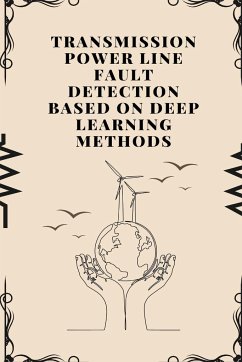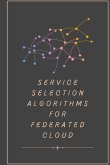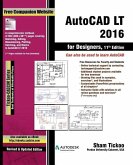The country's energy system is not complete without its transmission network. The majority of failures in an electrical power system occur on overhead transmission lines due to the conductor's extended exposure to the environment. Insulated Overhead Conductors (IOCs) are thus extensively utilised. However, conventional safety mechanisms often fail to identify conductor phase-to-ground faults or the more common occurrence of a tree or tree branch striking the conductor, resulting in Partial Discharge (PD). A comprehensive real-time PD fault analysis system is needed to overcome this. Thus, based on electrical field voltage measurements, to evaluate the waveform and identify PD actions on IOCs. Hence to analyze the waveform and detect PD activities on IOCs based on the electrical field voltage measurements. Several pattern recognition techniques are explored and applied to the voltage signals in the ENET-VSB dataset using Random Forest, Naive Bayes, Decision Tree Classifier, CNN, RNN, LSTM, and GAN models which are analysed using MATLAB & TensorFlow. The Deep Convolutional Generative Adversarial Network outperforms all other pattern recognition algorithms currently proposed. Precision and recall levels for all suggested pattern recognition algorithms are unstable at various instances. The dataset's voltage signals are processed to the Deep Convolutional Generative Adversarial Network architecture. Based on the analysis of Prediction Evaluation Metrics DCGAN architecture provides the best prediction and classification results. At the various instances of 5, 10 & 15, 91% of F1-Score is achieved using DCGAN architecture. As per Precision & Recall values, 91% of detected PD signals are true PD signals out of 90% successfully detected PD signals, respectively, which are consistent at the various instances. As a result, it is concluded that the proposed DCGAN architecture is an appropriate Deep Learning framework for recognizing and classifying PD activities associated with IOCs. This research created a framework for identifying transmission line faults employing DCGAN architecture.








